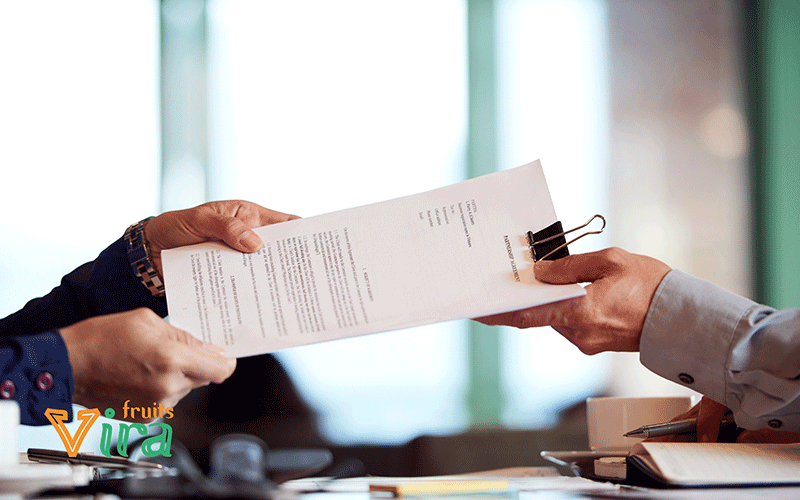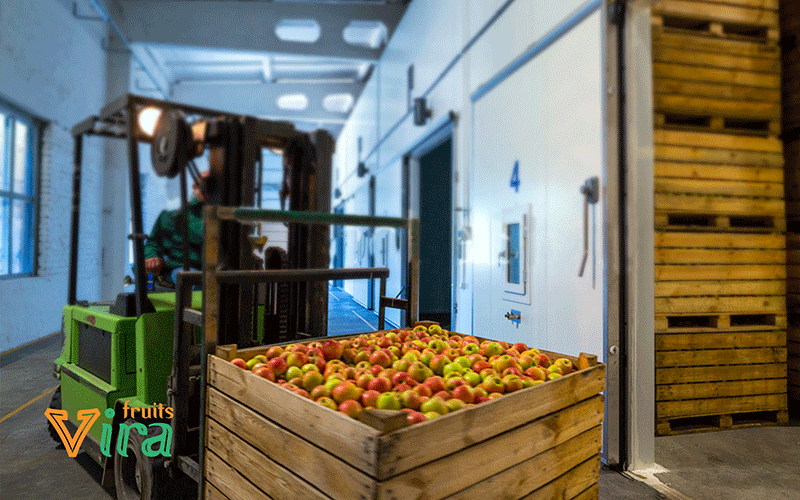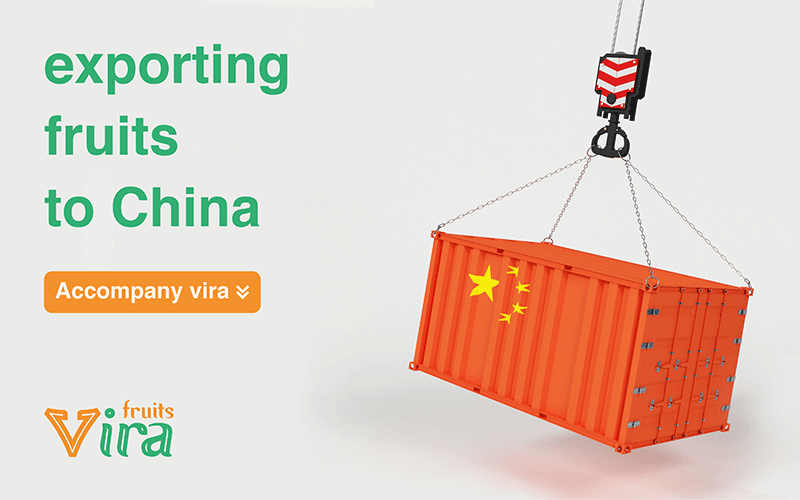Exporting fruits to china has many difficulties and challenges, but with first recognizing them and second observing them, you can overcome these challenges. According to American Chamber, these are the reasons that make exporting fruits to China so challenging.
- China has many misinterpretations of regulations and rules
- Rising costs of doing business — According to a recent American Chamber survey, more than 50% of its members experienced non-tariff barriers in 2018.
- There has been an increase in competition from Chinese competitors.
- Risks related to regulatory compliance
- The openness of China’s investment system is being questioned by several laws, regulations, and the like.
- Industrial policies offer guidance, resources, and support to Chinese companies while limiting foreign market entry, foreign manufacturers, and foreign services providers.
Regulations and Laws In China
It has been stated previously that trying to understand the many and often contradicting Chinese rules and regulations can be frustrating at worst and even lead to issues that may force an exporter to stop business with the country. A way to combat with these issues is to find partners who have experience working with China is a big help. It is better for your bankers and freight forwarder to have documented experience working with the country.
The opportunities hidden in fruit exporting to china
Although exporting fruits to China has many risks, but it has potential rewards as well. Exporters should recognize the opportunities and build a way to minimize the risks.
As the Chinese officials continue to announce economic reforms to provide greater market access and protection to foreign investors, they meet skepticism because lacking details and timelines. China’s deteriorating business climate is commonly attributed to inconsistencies in regulatory systems, rising labor prices, licensing difficulties, shortages of workers, and insufficient intellectual property protections. Vira Fruits has taken this opportunity and now is a great kiwi supplier.

Export Document Requirements for China
It is essential to have documentation and procedures when exporting to China. The kind of these documents depend on your product, but whatever they are, they must include the following:
- Packing list
- AES filing
- Insurance policy
- Bill of landing
- Customs declaration
- Sales contract
- Commercial invoice
- Preformat invoice
Additionally, more technical documents may be required:
- An import quota certificate (if applicable) must be submitted for commodities imported into the country.
- Import license
- Other quality or safety licenses.
These documents will be gathered by the Chinese importers to import and provide goods to Chinese Customs agents.

Intellectual Property Issues
China is still a challenging environment for IP rights protection and enforcement, despite some progress in improving its intellectual property legal and regulatory framework; China’s IP issues are rampant and well-documented.
In order to enter the Chinese market and protect their IP, IP holders must fully understand how Chinese law protects IP, and they should perform detailed due diligence on potential partners or buyers prior to making any investment.
Exporting to China: Compliance Issues
Understanding the regulations that cover exports to China is highly important. No matter where you ship, complying with export regulations must be your concern. And more likely, you need an export license when shipping to China then shipping to Canada.

Step by step guidance of how to export foods to China
Since China is the second-best importer country among the other importers and favors ensuring the safety and the quality of imported food items, its multi-layer food regulatory system is unique.
Contribution with this country requires the following steps:
Step 1: Complete the importers and exporters registration
Foreign importers and exporters of F&B must be registered through the “Registration Systems of Imported Food and Cosmetic Importers and Exporters.”
Step 2: Prepare documentation, pre-import licensing, and trademark registration
Several documents are required, and the entities should submit them prior to shipping the products. These include a properly documented quality assessment, a quarantine and import control assessment, and a detailed packaging list and description of the packaging material, among other documents.
The importer should apply for an automatic import license if the product is listed in the 2019 Goods Catalogue for Automatic Import License Management, such as poultry or milk products, from MOFCOM. The Agricultural Products Import Tariff Quotas Certificate must be obtained by food items subject to import tariff quotas, such as wheat, corn, rice, and sugar.
For foreign companies without a place of business or a residency in China, it is recommended that their trademark applications be filed with the Trademark Office of National Intellectual Property Administration (CNIPA) through a trademark agent.
Step 3: Labeling
For Customs clearance, any imported product is required to carry a simple Chinese character label. Several rules are governing F&B labeling in China.
Step 4: CIQ, the food sanitary inspection, and customs clearance
Upon products reaching China, they are inspected by Customs officials for review at the border and to ensure that all relevant shipping documents and labeling requirements are in order.
For the first export, the process is more complicated. After a successful export, the procedure will become less complex.
where and how to grow?
In the ITA’s view, China’s growing middle class will create market opportunities across several sectors, and the manufacturing sector will continue to evolve towards high-value, high-tech manufacturing.
